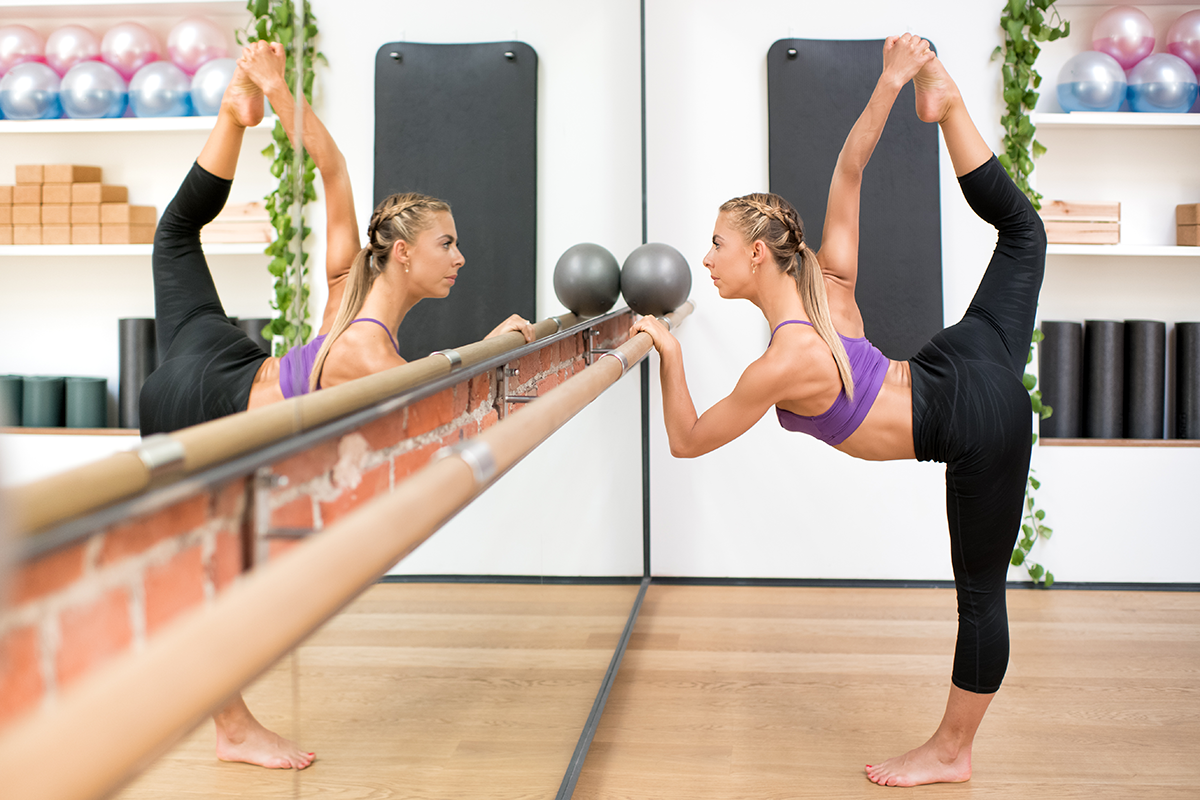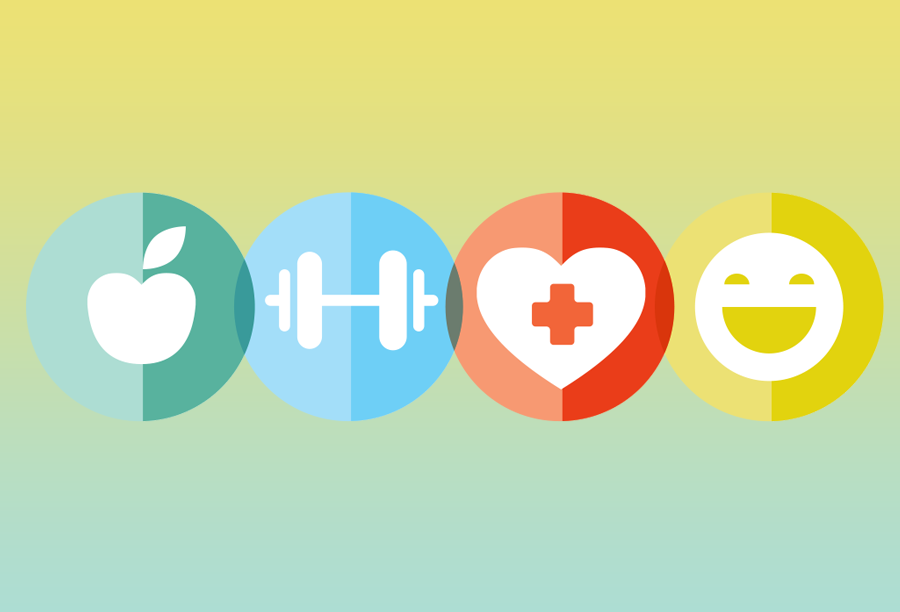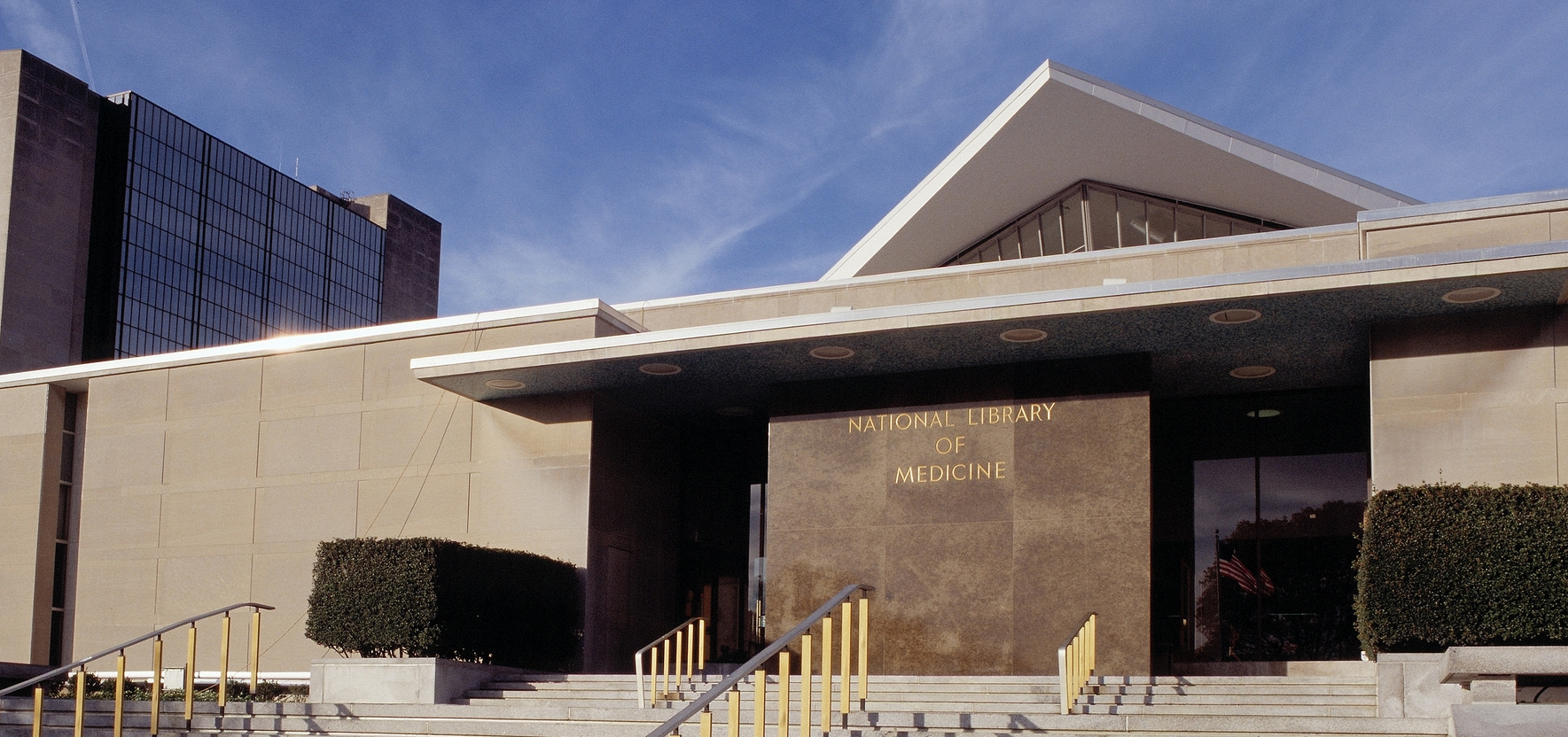Benefits of low impact workouts: Pilates, dance and barre

Low-impact exercises are popular among a variety of age groups. Low impact does not indicate low workout, low-calorie burning or low exercise, rather it avoids explosive movements like jumping or running. Common low impact workouts include Pilates, dance and barre. A Baylor Medicine orthopedic surgeon breaks down the benefits of these exercises.
“Low impact means you’re not explosively doing activities that can potentially put a lot of impact on your joints,” said Dr. Phillip Williams, assistant professor in the Joseph Barnhart Department of Orthopedic Surgery at Baylor College of Medicine. “Low impact eliminates potential overuse injuries and injuries to the joints, and the benefit is that you can do these workouts for a longer amount of time.”
People with joint issues often have trouble with high-impact activities. If a runner feels pain, they might have joint issues that should be evaluated. Williams recommends a low-impact activity like dance, barre, Pilates or other low-impact sports as an alternative to prevent further joint impact.
Dance, Pilates and barre are geared toward balance and core strengthening. While strength training entails breaking down muscles and causing microtears, allowing the muscles to grow back stronger, Pilates challenges the muscles with stretching to help with overall mobility, balance and core strength.
Core strength helps to alleviate back pain. Core muscles are in front of the spine, and that helps to balance out any strains in the lower back. Balance prevents injuries, and as people age, they face issues with balance. Working on a discipline (such as Pilates, dance or barre) that can specifically address balance disorders can prevent falls. Flexibility also decreases as people age, leading to the potential tears in the muscles and tendons. Keeping pliable or soft muscles and tendons can prevent overuse injuries from overstretching.
“People who do a lot of high, explosive activities that don’t stretch or warm up properly can damage their muscles and tendons and cause significant injuries that may require surgery. A good way to prevent that is working on an exercise regimen that encompasses flexibility and stretching,” he said.
Williams recommends breaking up weightlifting routines with low-impact workouts like dance, Pilates or barre by giving the muscles a ‘periodization,’ which changes the regimen to allow the muscles to get challenged in a different way. This helps muscles to grow and prevent injury because they are not being overused in the same way.
“It basically gives muscles, tendons and the body in general to take a break, but also gives you a chance to recover and be challenged in another way that can benefit overall health,” he said.
By Homa Warren



